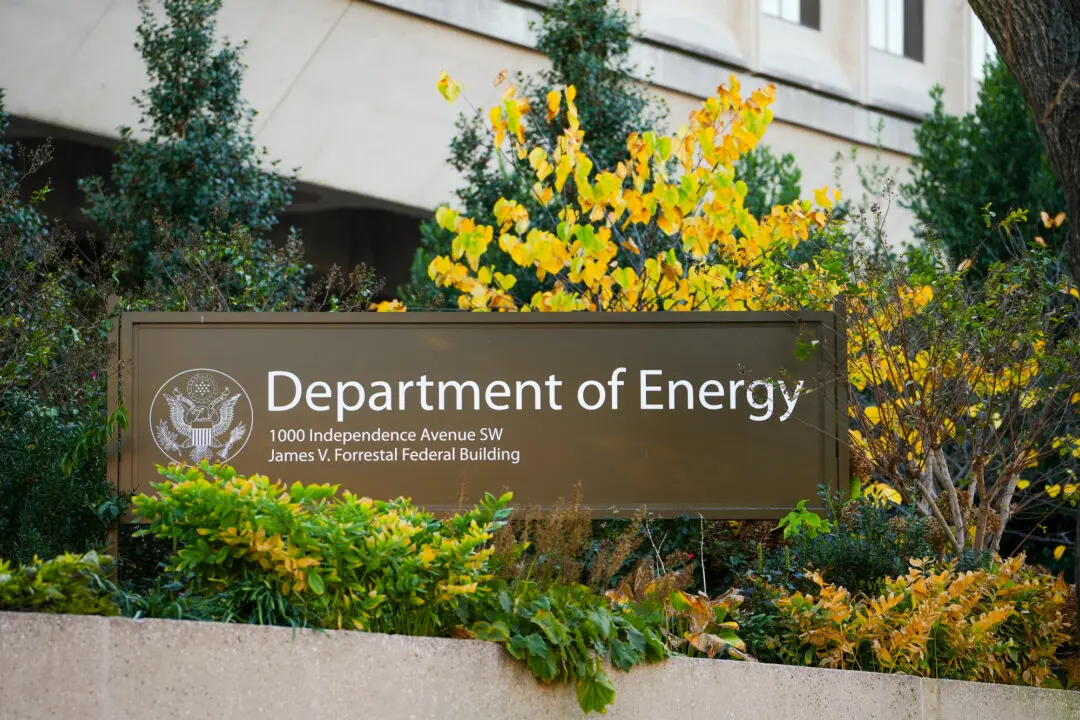On May 3, The Cecilia Chorus of New York performs an interesting triptych of pieces shining the spotlight on the mezzo-soprano soloist.
The concert honors Alice Mandelick Flagler (1872–1918), who was a mezzo-soprano, founding member, and benefactor of the chorus. On contemplating the role of altos, conductor Mark Shapiro found that these voices often hold together the chorus, only to have the audience give the glory to the sopranos. In opera, mezzo-sopranos sometimes suffer the same affliction, relegated to a side character.






